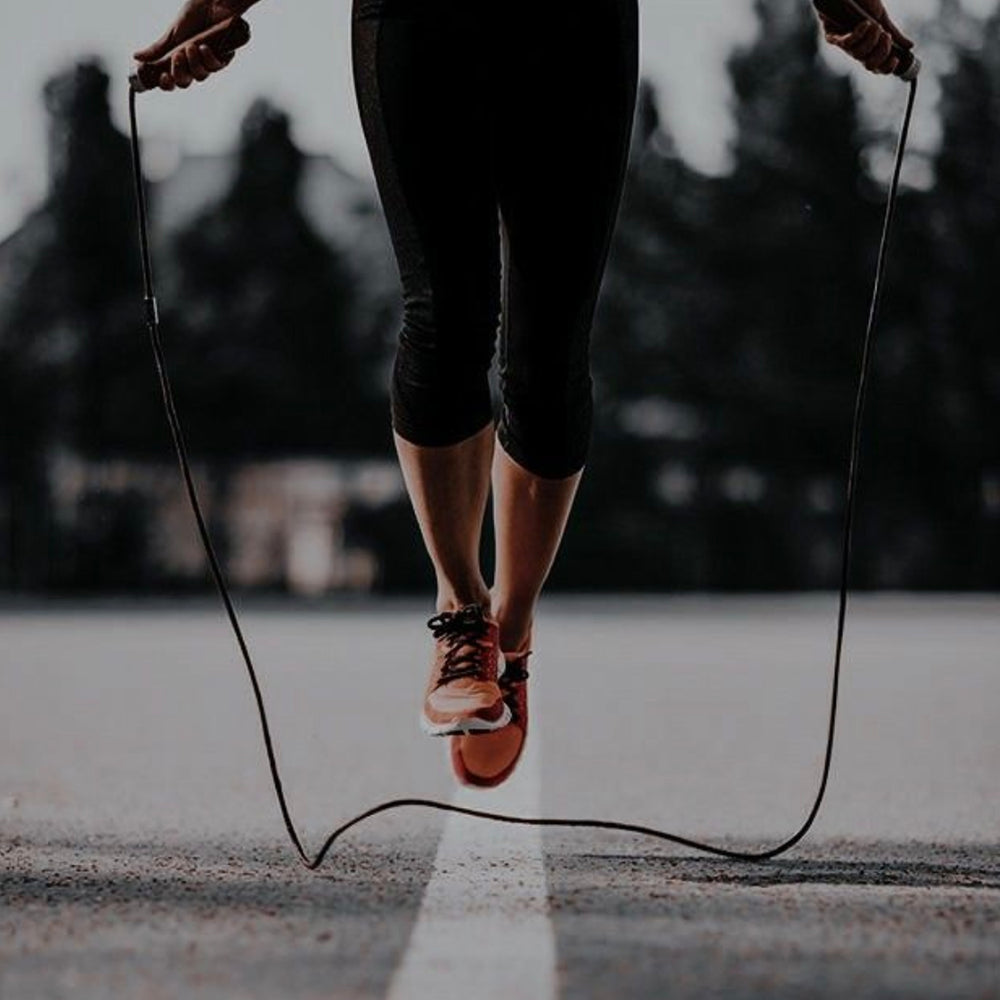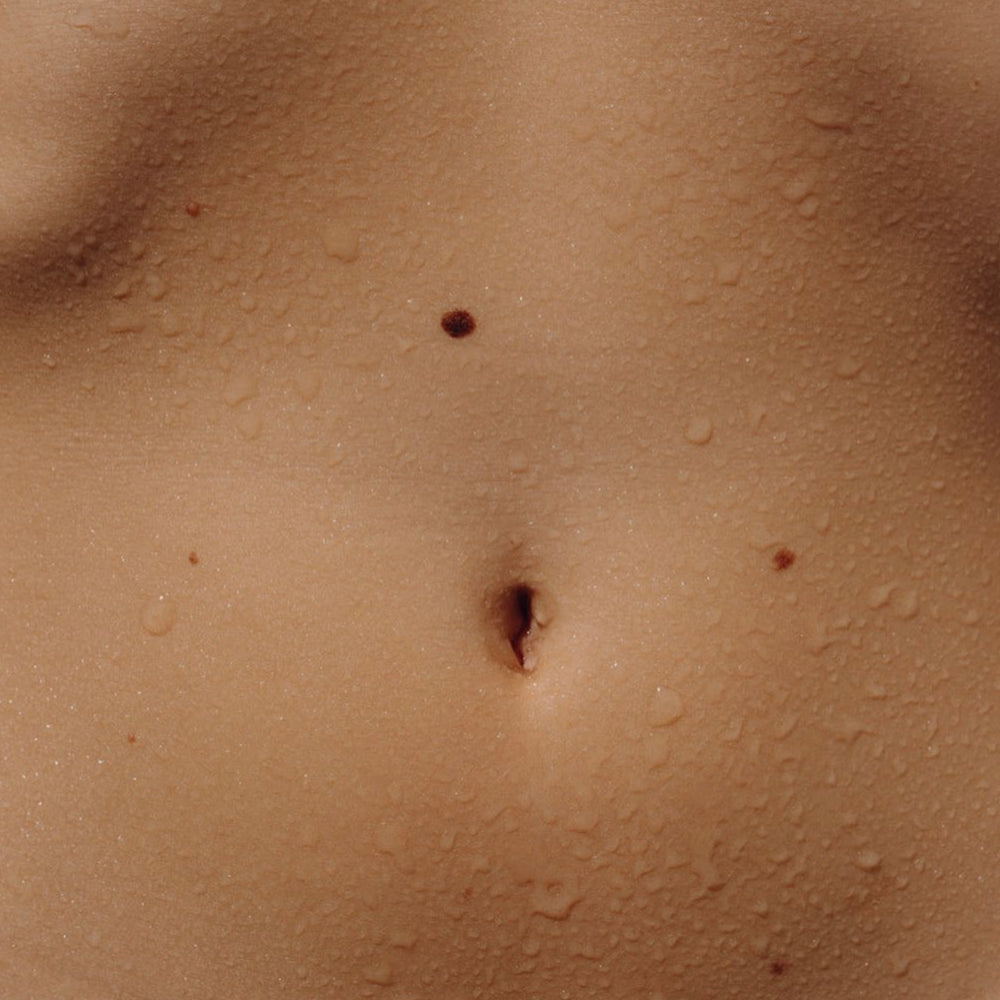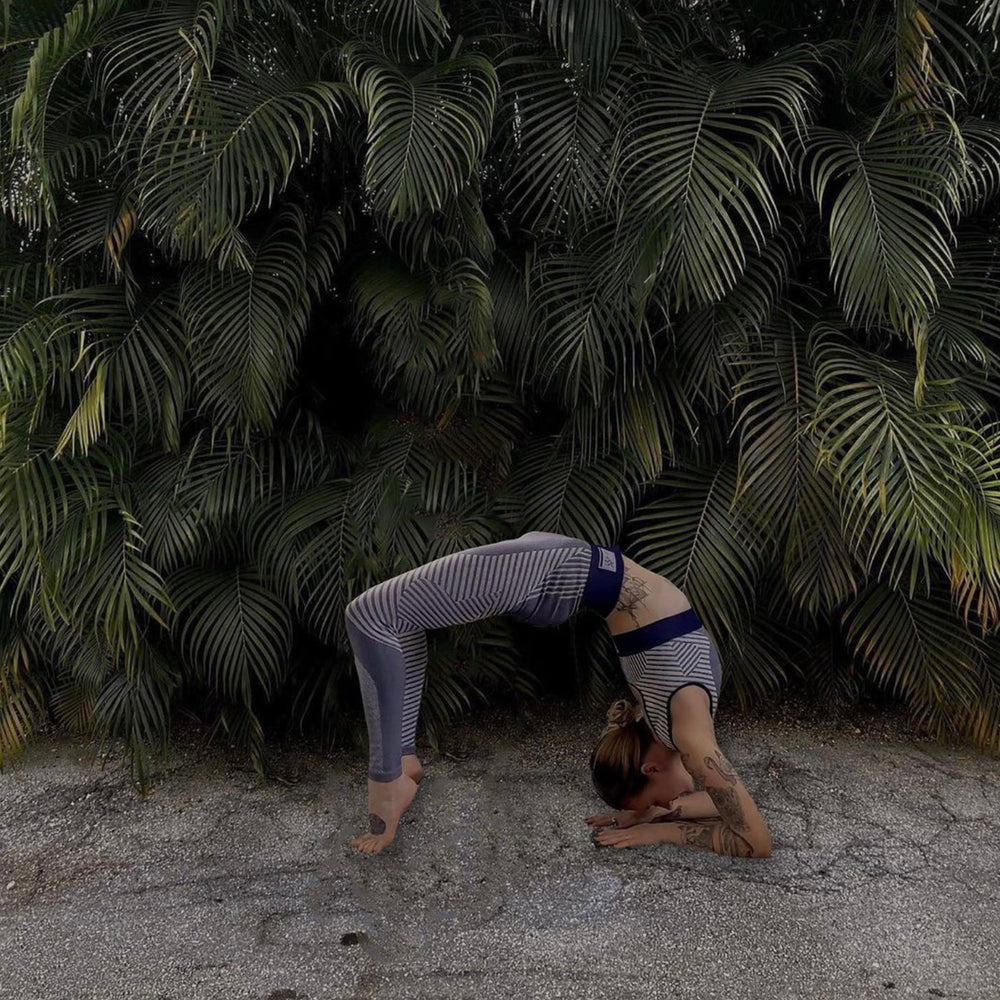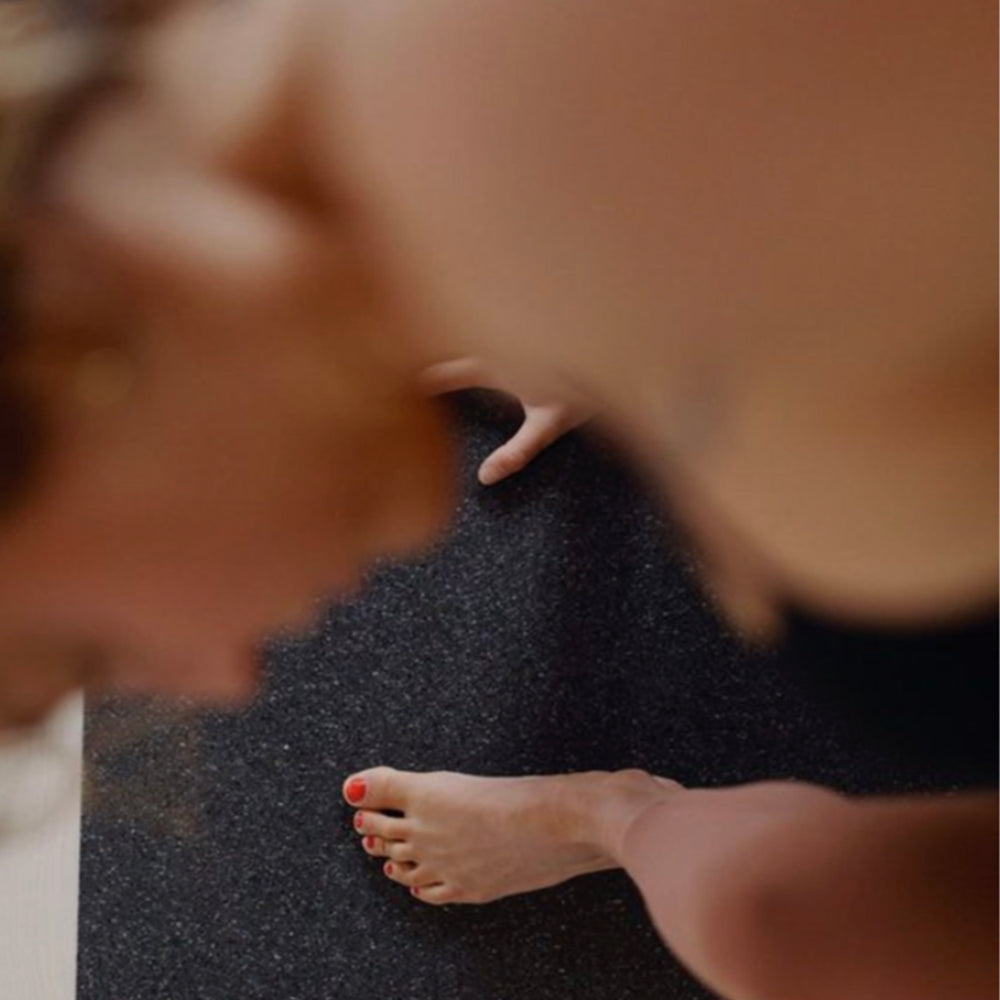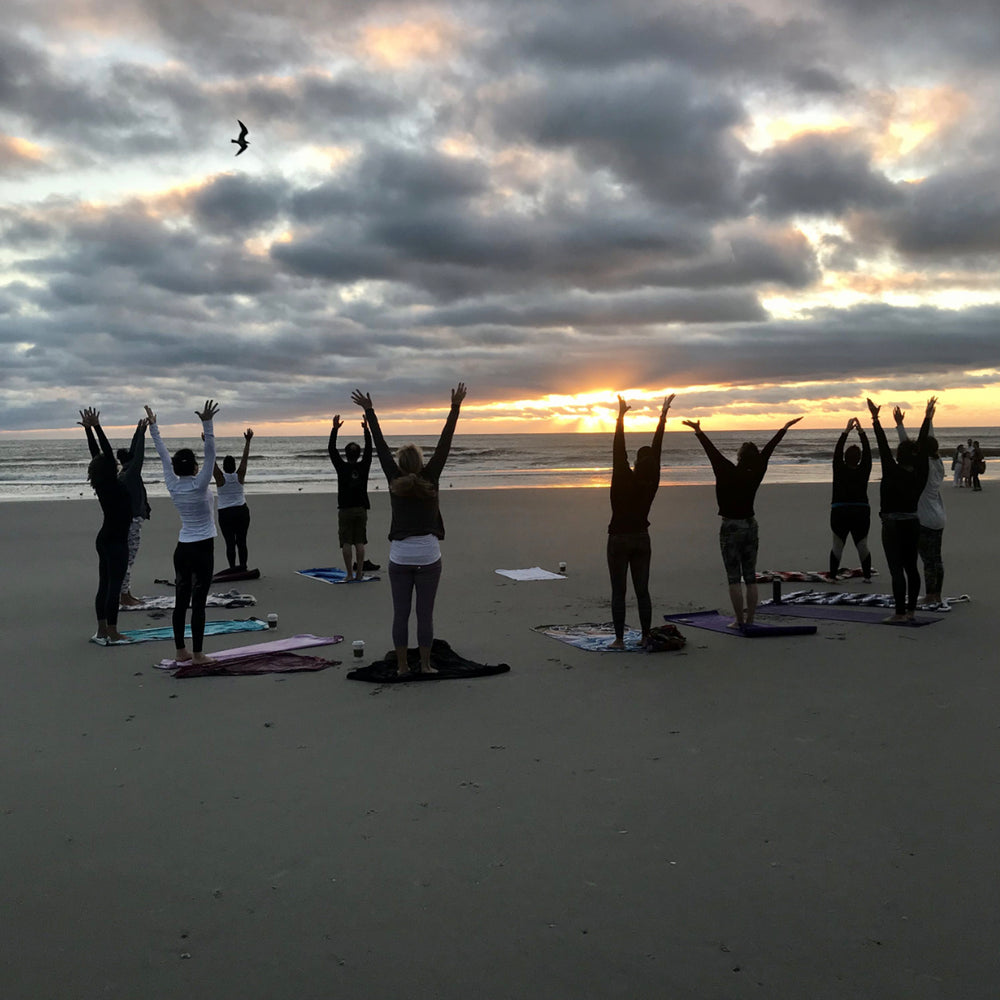
Pilates is a method of exercise and physical movement designed to stretch, strengthen, and balance the body. With systematic practice of specific exercises coupled with focused breathing patterns, Pilates has proven itself invaluable not just as a fitness endeavor, but as an important adjunct to professional sports training and physical rehabilitation of all kinds. This article unpacks the essentials of Pilates and how it can enhance your physical practice, improve posture, and contribute to overall well-being.
The Core of Pilates
Pilates is centered around the concept of core strength. The core muscles are the deep, internal muscles of the abdomen and back. When the core muscles are strong and doing their job, as they are trained to do in Pilates, they work in tandem with the more superficial muscles of the trunk to support the spine and movement. This is why Pilates is often recommended for those with back pain.
The Principles of Pilates
Joseph Pilates, the founder of the Pilates Method, laid out a sequence of movements that work by integrating the whole body. These principles are:
**Concentration**: Bringing full attention to each exercise and performing it with full commitment.
**Control**: Completing each movement with muscular control, not momentum.
**Centering**: Physically bringing the focus to the center of the body.
**Flow**: Ensuring the energy of an exercise connects all body parts.
**Precision**: Sustaining awareness throughout each movement.
**Breath**: Using a very full breath in the exercises and thinking of the lungs as a bellows which actively pump the air fully in and out of the body.
Enhancing Your Practice with Pilates
**For the Beginner**: If you're new to Pilates, beginning your journey starts with learning to engage and strengthen the core. Exercises such as the Pilates Hundred on the mat can build endurance in the abdominal muscles and teach the rhythm and coordination of breath with movement.
**For the Intermediate Practitioner**: As you advance, Pilates can offer a range of equipment-based exercises that provide resistance and help to hone your technique. The Reformer, for instance, is a staple apparatus that facilitates hundreds of exercises for the entire body.
**For the Athlete**: Athletes can use Pilates to cross-train. The emphasis on balance, core strength, and flexibility can enhance athletic performance, from runners improving their stride to swimmers optimizing their stroke.
Pilates for Posture
Pilates has a reputation for contributing to improved posture. By focusing on alignment and symmetry, Pilates exercises encourage you to carry your everyday movements with grace and efficiency.
**Spine Alignment**: Mat exercises like the Spine Stretch and the Saw are excellent for lengthening the spine and correcting imbalances.
**Shoulder Stability**: Exercises such as the Plank and Chest Expansion help to strengthen the shoulder girdle and release tension in the upper back.
Pilates for Mind-Body Connection
One of the most significant benefits of Pilates is the way it enhances your mind-body connection. The required focus and the fluidity of movement make Pilates as much a practice of mindfulness as it is a physical workout.
Incorporating Breathing Techniques
Breathwork is a key element of Pilates practice. Proper breathing ensures that muscles receive the oxygen needed for optimal performance and helps in the efficient expulsion of waste gases like carbon dioxide.
Combining Pilates with Other Forms of Exercise
Pilates is complementary to many forms of exercise and can be a great way to warm up or cool down from cardio workouts, weight training, or athletic activity.
The Role of a Certified Pilates Instructor
A certified Pilates instructor can be instrumental in enhancing your practice. They can tailor exercises to your needs, ensuring your alignment and form are correct and that you're gaining the most from your practice.
Overcoming Plateaus in Practice
If your fitness routine has hit a plateau, Pilates can offer the variety and challenge your body needs to progress. Advanced classes and new apparatus can introduce new challenges and stimulate improvements.
Pilates for Recovery and Rehabilitation
Pilates is often used in physical therapy and rehabilitation settings due to its low-impact nature and focus on alignment and core strength. It can be particularly helpful for recovering from injuries while still maintaining a level of physical activity.
The Importance of Consistency
Consistency is key in Pilates. Regular practice, even if only once or twice a week, can lead to significant improvements in strength, flexibility, and body awareness.
Pilates is not just another exercise routine; it is an approach to movement that can transform the way you relate to your physical self. It strengthens and stretches the body, improves posture, and focuses the mind. Whether you are a beginner or a seasoned athlete, Pilates offers a range of benefits that can enrich your overall health and well-being. By focusing on the core principles of Pilates and applying them to your practice, you'll not
|




